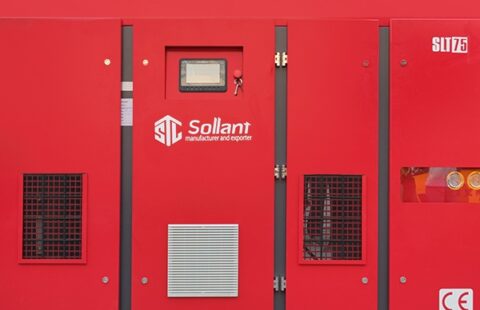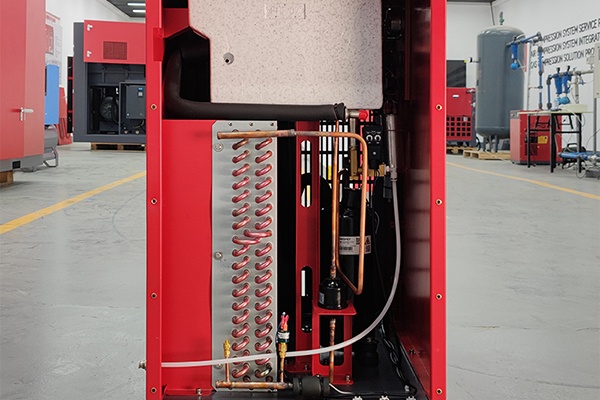
The Role and Usage of a Refrigerated Air Dryer
Refrigerated air dryers are crucial components in many compressed air systems. Their primary purpose is to remove moisture from compressed air, ensuring that the air remains dry and free of contaminants. This article will discuss the role of a refrigerated air dryer, its significance in various applications, and provide a step-by-step guide on how to use it effectively.
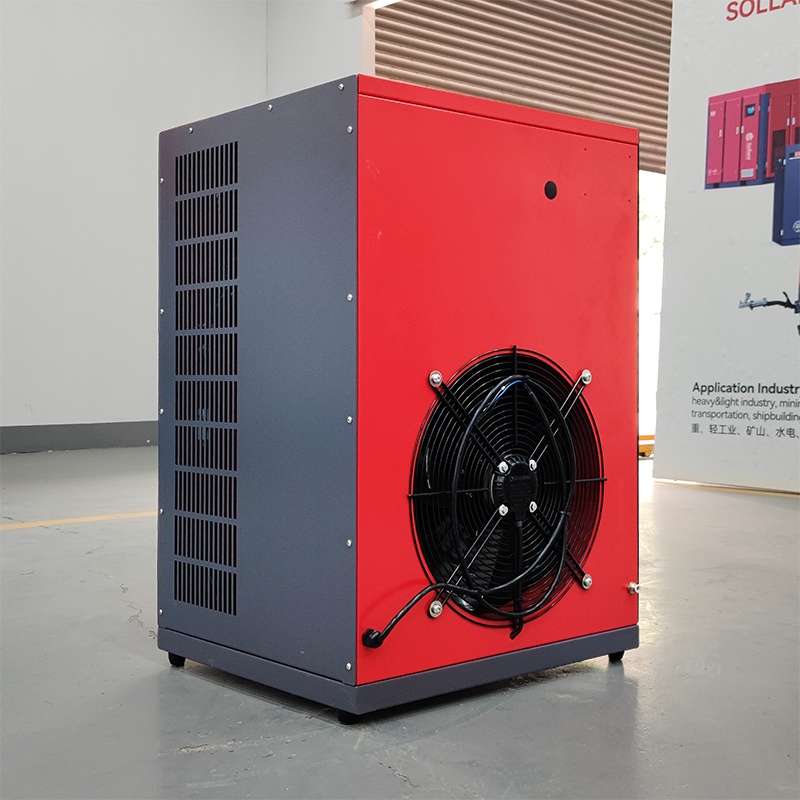
The Importance of Refrigerated Air Dryers
Moisture Removal
Refrigerated air dryers are designed to remove moisture from compressed air. When air is compressed, it increases in temperature, causing the moisture it contains to condense into water droplets. If this moisture is not removed, it can lead to corrosion, damage equipment, and affect product quality in sensitive applications like painting or food processing.
Protecting Equipment
Moisture can cause significant damage to tools and machinery. It leads to rust, corrosion, and the buildup of harmful deposits. By removing moisture, refrigerated air dryers help protect equipment, extending its lifespan and reducing maintenance costs.
Enhancing Product Quality
In industries where compressed air directly contacts products, such as food processing, pharmaceutical manufacturing, or painting, moisture can negatively impact product quality. A refrigerated air dryer ensures that the air remains dry, preventing contamination or defects in the final product.
Preventing System Downtime
Moisture can cause blockages and freezing in compressed air lines, leading to costly system downtime. By maintaining dry air, refrigerated air dryers help ensure continuous and reliable operation of compressed air systems.
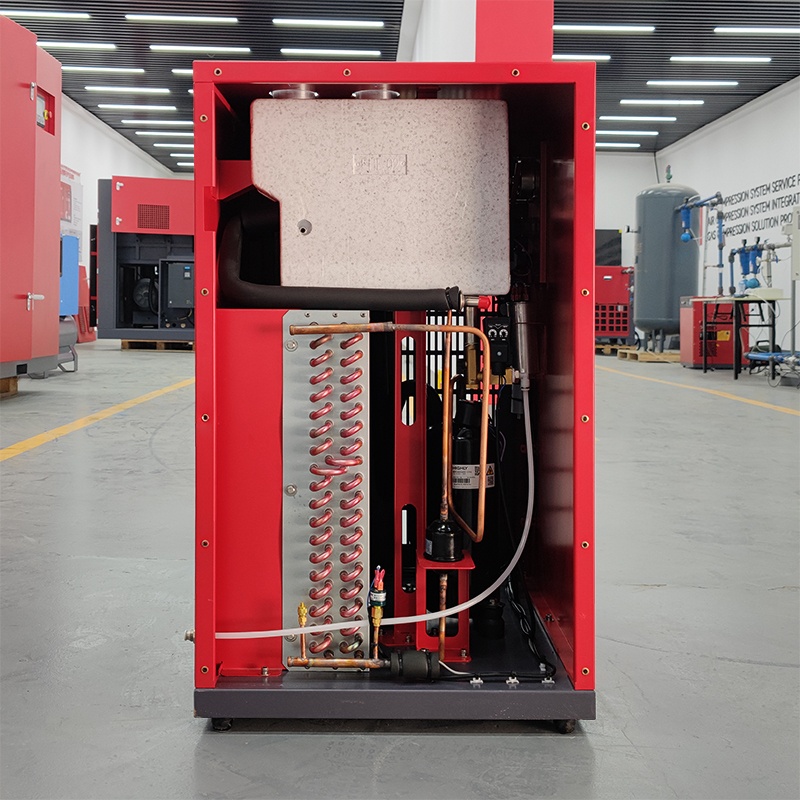
How a Refrigerated Air Dryer Works
Air Compression and Cooling
The process begins with air compression, where the air’s temperature increases, causing moisture to condense. The compressed air then passes through a heat exchanger, where a refrigeration system cools it. This cooling causes water vapor to condense into liquid water.
Moisture Separation
After cooling, the system separates the condensed water from the air. A separator captures the moisture, and the dry air passes through an aftercooler, returning it to room temperature. The moisture is then drained away, leaving dry air ready for use.
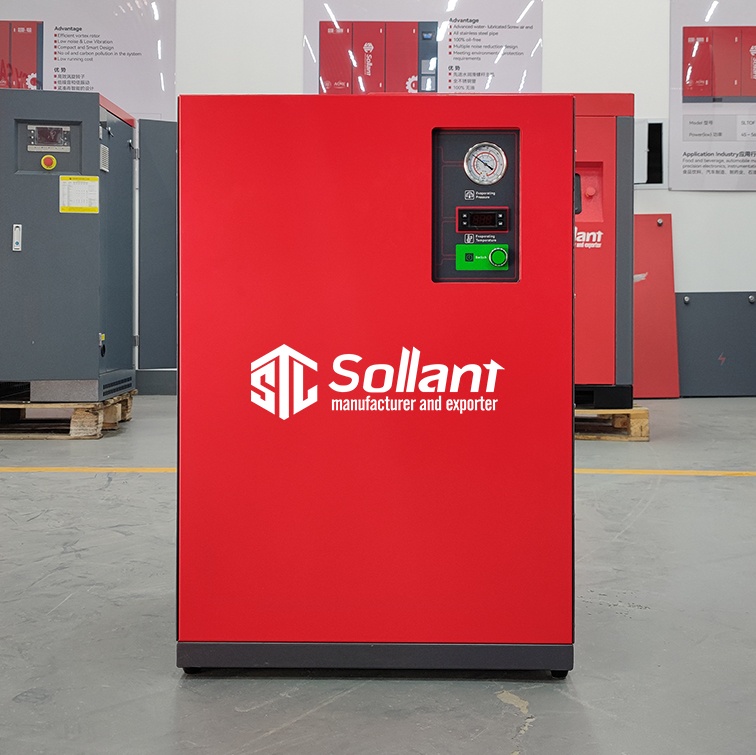
Steps for Using a Refrigerated Air Dryer
Installation
Proper installation is key to the effective operation of a refrigerated air dryer. It should be installed in a well-ventilated location, free from extreme temperatures or direct sunlight. Positioning the dryer downstream of the air compressor and any other filtration systems ensures optimal moisture removal.
Setting the Dew Point
The dew point is the temperature at which moisture condenses from the air. Typically, refrigerated air dryers lower the dew point to around 35°F (2°C). Adjusting the dew point setting helps achieve the desired level of dryness in the compressed air.
Regular Maintenance
To maintain efficiency, regular maintenance of the refrigerated air dryer is essential. This includes checking and replacing filters, inspecting refrigerant levels, and ensuring that condensate drains function properly. Regular upkeep prevents reduced performance and potential damage to the dryer.
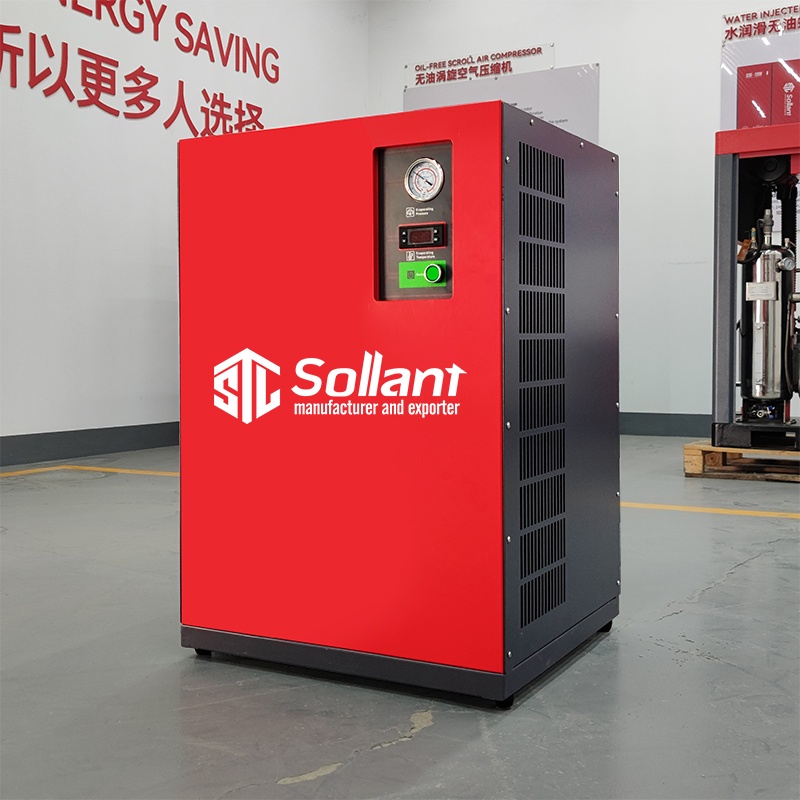
Monitoring Performance
Consistently monitor the refrigerated air dryer’s performance. Regularly check the pressure dew point to ensure the dryer is removing moisture effectively. Any significant changes in the dew point may signal a problem that requires immediate attention.
Conclusion
Refrigerated air dryers play a vital role in ensuring that compressed air systems deliver dry, clean air for various industrial applications. By understanding their function and following proper usage guidelines, you can maximize the efficiency and lifespan of both the air dryer and the equipment it protects.
Meta Description: Discover the role of refrigerated air dryers in removing moisture from compressed air. Learn how they work, their benefits, and best practices for installation and maintenance.
Leave a Comment
You must be logged in to post a comment.


